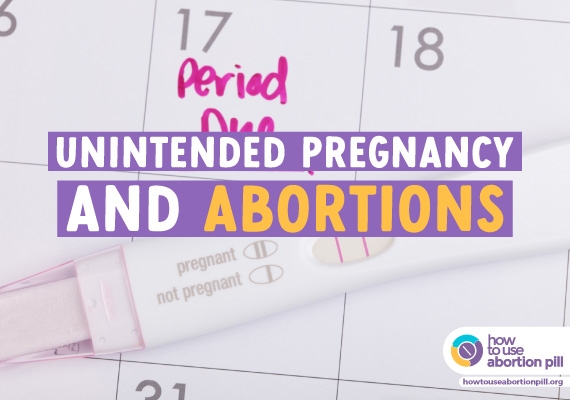People all throughout the world have had unintended pregnancies and abortions. These reproductive health consequences occur regardless of the country’s income level, area, or abortion legal status. Between 2015 and 2019, an estimated 121 million unwanted pregnancies occurred each year. 61 percent of these unplanned pregnancies resulted in abortion. This equates to around 73 million abortions per year.
Even in nations where abortion is outlawed or permitted solely to save a woman’s life or maintain her physical or mental health, women seek and require abortion.
The likelihood of an unintended pregnancy is highest in nations that restrict abortion access and lowest in countries where abortion is widely permitted.
As a result, abortion rates are comparable in countries where the procedure is restricted and those where it is widely legal (i.e., where it is available on request or on socioeconomic grounds).
UNINTENDED PREGNANCY & PREVENTION
An unplanned pregnancy is one that is either unintended or unwanted, such as one that occurs when there are no other children or when no further children are desired. Or the pregnancy was mistimed, with the baby arriving earlier than expected. Unintended pregnancy is a notion that aids in understanding population fertility and the unmet need for contraception, also known as birth control, and family planning. The majority of unwanted births occur because contraception is not used, or is not used regularly or correctly.
Understanding the pregnancy goals or reproductive life plan of women, men, and couples is critical to assisting them in preventing or achieving pregnancy.
Personal intentions concerning becoming pregnant, such as whether they want to have one or more children, as well as the preferred timing and spacing of those children, may be included in a reproductive life plan. A reproductive life plan can assist in identifying reproductive health care needs such as contraception, pregnancy testing, and counselling to assist in becoming pregnant or managing a pregnancy with prenatal and delivery care.
Contraception can be used to prevent pregnancy and protect you from sexually transmitted infections (STIs), in some cases. You may wonder, “Which strategy will work best for me and my lifestyle?” “Which strategy is the most effective at preventing STIs?”
How about the ease of use? Are there any possible adverse effects? Cost? How successful will it be?
Websites like Find My Method help you understand your contraception options, keeping your lifestyle in mind.
ABORTIONS
Women and abortion seekers have more options than ever before when it comes to when, how, and where to end their unintended pregnancies since the advent of misoprostol and mifepristone, the two medicines used in a safe medical abortion.
An abortion with pills is a safer, less expensive option to surgical abortion when done appropriately, and it provides a level of autonomy and privacy that standard abortion techniques do not. Inducing a safe medical abortion in the comfort of their own homes, behind the radar of both law enforcement and their own communities, has become a welcomed option for women in countries where abortion is legally banned or where the stigmatisation of abortion effectively limits women’s access.
When the abortion pill is obtained from a reputable source and administered according to medically certified directions, it is most effective. However, due to legal and cultural prohibitions on abortion, women may resort to “back-alley” means to obtain pills, many of which do not come with suitable instructions for use. Furthermore, most women are unlikely to be able to identify the difference between a genuine Misoprostol or Mifepristone pill and a counterfeit version.
HowToUse’s aim is to close this knowledge gap by providing much-needed accurate, reliable, and timely information on how to safely and successfully utilise the abortion pill. HowToUse takes pleasure in offering easy-to-understand and digestible information regarding the abortion pill, including what to think about before a medical abortion, how to use abortion pills safely, what to expect after a medical abortion, and when to seek medical treatment if needed. The group sees itself as a resource that provides women with the information they need to navigate abortion safely and on their own terms.
